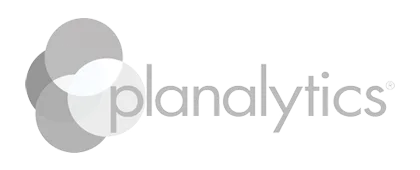
U.S. Credit & Debit Card Transaction Data
See real buyer behavior daily—at store, brand, ticker, and UPC level.
Gain your edge. Turn billions of consumer credit and debit card transactions into smarter strategic decisions — see shifts first, act faster, stay ahead.

Get a Demo
Facteus data is trusted by:








What’s in our Credit & Debit Card Data?
- Coverage: Millions of active cards sourced from issuing banks and point-of-sale systems across all income levels, geographies, and age groups.
- Fields: Amount, merchant, timestamp, channel (online vs. instore), payment type, location (ZIP/city/state).
- Granularity: Storelevel visibility, optional SKU/UPClevel detail for eligible categories, and tickerlevel views for investors.
- Latency: Updates with as little as 1 day of lag; 6+ years of history for trend and baseline analysis.
- Delivery: API, direct to your data warehouse, analytics tools, or online dashboards
- Categories/Sectors: All major retail categories and sectors covered
Categories and Brands
Apparel & Accessories
Cable & Satellite
Consumer Packaged Goods
Department Stores
Discount Stores
Electronics
Fitness
Gasoline Stations
General Merchandise
Grocers
Health & Beauty
Home Decor
Home Improvement
Internet
Lodging
Pet Care
Pharmacy
Quick Serve Restaurants (QSR)
Rental Cars
Restaurants
Streaming Services
Sporting Goods
Transportation
Travel (OTAs)
+ Many more!
See our full company list and explore their data in a live demo!
Our transaction data features over 2,000 private & public companies, including:
WANT TO SEE THE FULL COVERAGE LIST?
Get a demo today
Explore sales data from thousands of US companies in a live demo. Book now!
Explore sales data from thousands of US companies in a live demo.
Book now!
Why Strategic Leaders Choose Facteus:

Facteus for:
Corporations
Benchmark better, forecast smarter and build more resilient plans grounded in real sales data:
- Store-Level Performance Benchmarking & Competitor Intelligence
- Accurate budgeting & forecasting
- Competitive loyalty & revenue retention
- Data-driven store expansion & market planning
- Flexible data access options
Advertising Tech
In an industry overrun with modeled intent, cookie trails, and inferred interest signals, Facteus gives you something different: reality. Get better campaign performance using real purchase data:
- Real-world buyer insights
- Target who buys, not who browses
- Prove campaign impact with sales, not clicks
- Privacy-safe by design
Quantitative Investors
Alternative Data Built for World Class Trading. Build predictive models and be ahead of the market with the fastest and most accurate transaction dataset on the market.- Build and Refine Alpha Signals
- Monitor Macro and Industry Risk in Real-time
Fundamental Investors
Identify conviction-worthy investments, monitor portfolio names, and validate fundamental insights with actual consumer spend vs. intent or lagged data.- Strengthen Your Investment Thesis with Real-World Signals
- Stay Ahead of Portfolio Performance
- Track Category and Macro Trends Early
- Access Data the Way Your Team Works
Ready to go?
Get your personalized data demo
Ready to go?
Get your personalized data demo